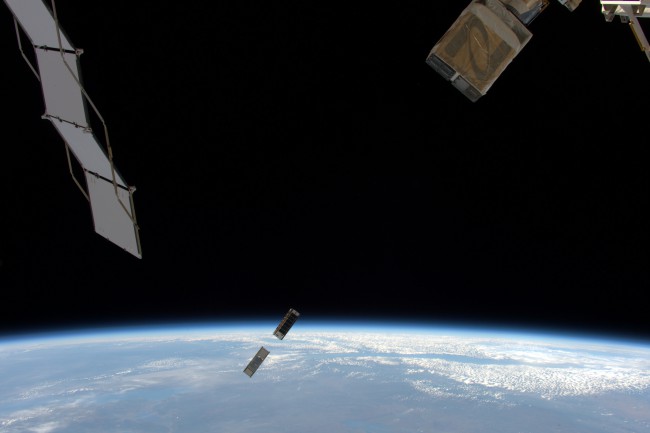
May 16 miniature spectrometer is about the size of a loaf of bread was released from the airlock of the International space station into space. Funded by NASA, the unit will begin to collect information on solar radiation and its impact on the terrestrial communications system.
The device which received the marking MinXSS, in the next 12 months will be to study soft x-ray radiation. It comes from the Sun and reaching Earth, might lead to a breach of the upper atmosphere of our planet, after which will impede the transmission of radio and GPS signals. The intensity of the soft x-ray radiation emanating from the Sun, is constantly changing and depends among others from solar flares.
Data obtained from MinXSS, will help scientists better understand the physics of solar flares, after reaching the planet’s radiation carries information about the temperature, density and composition of the solar atmosphere. It is interesting to see the processes of heating of the solar atmosphere, as well as the occurrence of outbreaks.
Small satellite MinXSS made in the form factor of the CubeSat, the popular format of nanosatellites, which is widely used to create a narrow space of the devices. Development program MinXSS was funded by NASA and is implemented under the leadership of researcher Tom woods of the University of Colorado.
MinXSS was sent into orbit in the framework of NASA CubeSat Launch Initiative, the launch was held on 6 December 2015. Since inception of this program in 2010, experts were selected to run more than 120 devices, 43, has already deployed a small satellite.
Miniature spectrometer NASA study sun’s radiation
Vyacheslav Larionov
